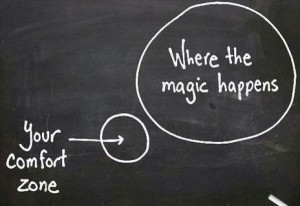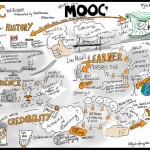I was proud to be invited to speak at the Women in Learning & Leadership (WILL) event today in Manchester. It was a great meet with some very good speakers and lots of interaction and participation – Pearson at its best!
I opened with a quote from Accenture that stated digital is the main reason half the companies have disappeared from the Fortune 500 since the year 2000, and we delved into technologies impacting the workplace, education trends we need to be cognisant of and especially the need to attract and retain the best talent.
I referenced one well-known UK businessman who said, “You have to Kill Your Business,” and whilst dramatic, I agree that you have to embrace digital transformation and do business totally differently. We lamented the demise of Nokia and a former CEO made a great comment that they didn’t do anything wrong necessarily, but somehow the industry disrupted around them. The frightening aspect of this is that the traditional graph with a 30-degree growth line is now even referred to as the “path of doom;” in other words, if you are only growing at that rate, you may not survive the disruption. Plus those that are complacent are at greatest risk.
We don’t own our ideas for very long either, according to a former Marketing Officer of McDonalds – today we own our ideas “for about an hour and a half” before somebody is snapping at our heels updating and improving what we started. A simple yet great line cited from Cisco Chairman John Chambers summed it up: “It’s no longer a question of if or when the digital revolution will happen, we are in the middle of it.”
Somebody asked about AI in education: educators and teachers must not stop the drive of AI in the classroom; it is in the real world so if we don’t introduce it into our learning, the next generation wont be ready when they go out to the workplace – we must think of the future.
I closed by using the Fox and Hedgehog story to answer a question about why Pearson VUE is so successful at what we do – we have a laser focus on what we do and we hire and develop the best people.








